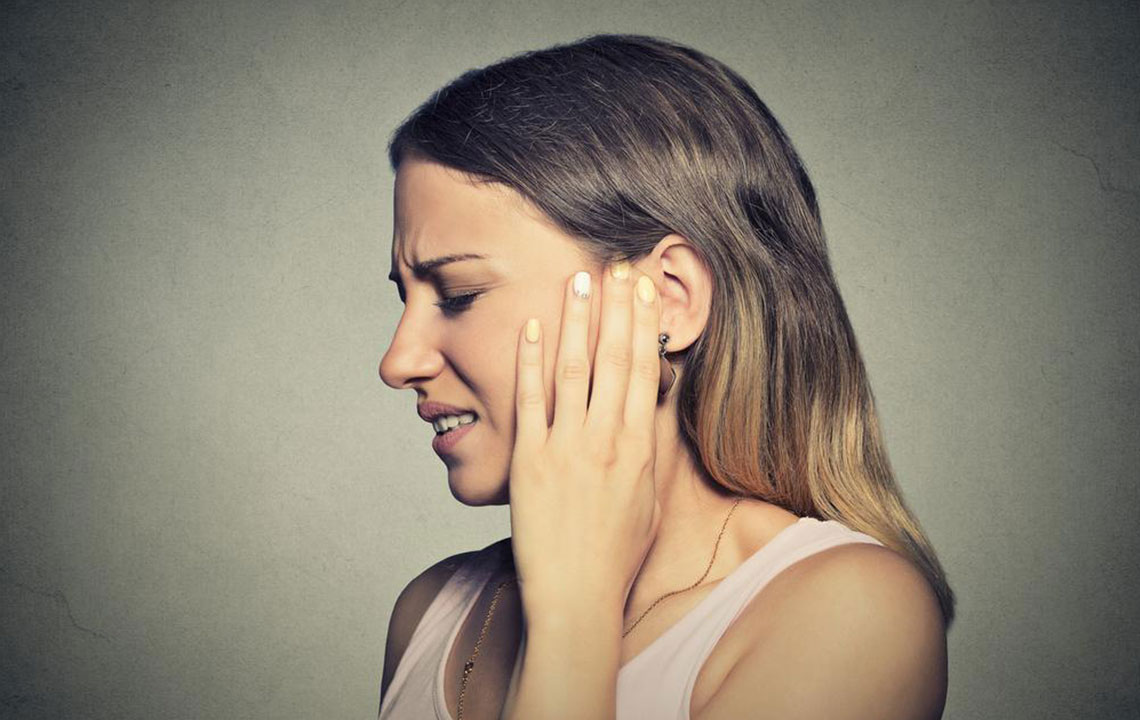Comprehensive Guide to Tinnitus: Types, Causes, and Treatments
This comprehensive overview explores tinnitus, including its types, causes, and management options. It highlights symptoms like internal ringing or buzzing, underlying health conditions, and treatment strategies such as sound therapy and hearing aids. Early diagnosis and personalized care are essential for reducing tinnitus impact and addressing underlying health issues effectively.

Comprehensive Guide to Tinnitus: Types, Causes, and Treatments
Experiencing ringing, buzzing, or hissing sounds in the ears after loud noise exposure could indicate tinnitus. This condition may be temporary or develop into a persistent issue, causing internal noises that vary in pitch and rhythm, such as clicking, roaring, or hissing. Understanding the different forms, root causes, and treatment methods is essential for effective management of tinnitus.
Perception of Internal Sounds in Tinnitus
People affected by tinnitus typically report hearing sounds like ringing, buzzing, or whistling without any external source. These sounds can come and go or be constant, with varying intensity, sometimes including pulsatile sounds aligned with the heartbeat.
Pulsatile tinnitus, where the sound synchronizes with the pulse, can be heard in one or both ears and may be linked to conditions like anxiety or depression.
Types of Tinnitus
Tinnitus functions more as a symptom indicating underlying health issues. Prompt diagnosis and intervention are vital, as it can worsen over time. Main categories include:
Objective Tinnitus
A rare form caused by vascular issues or involuntary muscle movements near the middle ear.
Subjective Tinnitus
The more common type results from problems along the auditory pathway from the outer ear to the brain.
Underlying Causes of Tinnitus
Although tinnitus appears independently, it often signals other health conditions such as:
Inner Ear Damage
Damage to the cochlear hair cells, due to aging, noise exposure, or injury, can send incorrect signals to the brain, creating phantom sounds.
Ear Blockages
Excess wax, infections, or tumors impacting ear structures can disrupt sound transmission, leading to tinnitus.
Age-Related Changes
Degeneration of inner ear hair cells common with age can contribute to the condition.
Trauma
Head injuries affecting ear or nerve function may result in tinnitus sensations.
Medication Effects
Certain drugs or high dosages can induce ear ringing.
Diagnosis and Management
Diagnosis typically involves patient history, questionnaires, neurological exams, and hearing assessments such as audiograms. While no cure exists, symptom relief measures include sound therapy, counseling, and addressing primary health issues to reduce tinnitus severity.
Additional Treatments and Support
Hearing aids can amplify external sounds to mask tinnitus, while removing earwax or blockages provides relief. Cochlear implants may be recommended for concurrent hearing loss. Counseling helps improve coping strategies, emphasizing the importance of tailored treatment plans.
Since a cure is unavailable, managing symptoms and understanding tinnitus as a sign of underlying health concerns are crucial for effective care.


